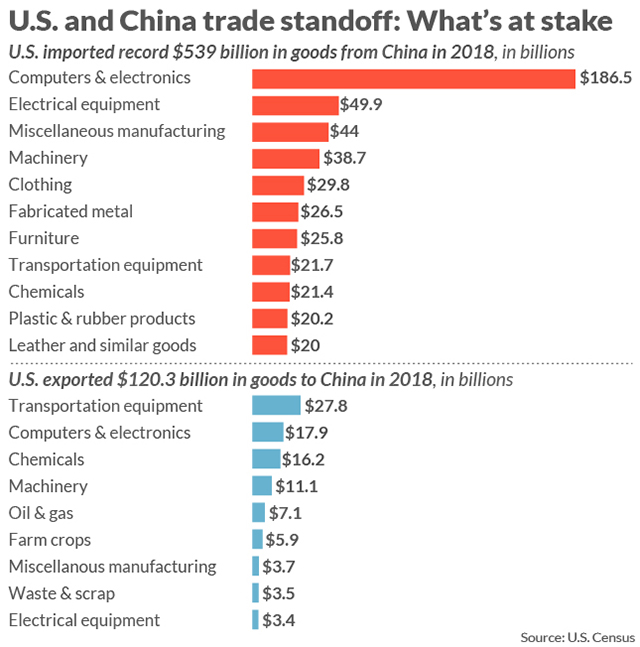Contents
Expense ratios are calculated by dividing each item of expense or group of expenses with the net sales so analyze the cause of variation of the operating ratio. It indicates the portion of sales which is consumed by various operating expenses. Broadly speaking, the costs mentioned above comprise the mutual fund expense ratio. Similarly, exit load is the amount payable when a person chooses to withdraw from a mutual fund.
Over some time, this commission has the potential of significantly lowering your returns. It is a common misconception that a higherexpense ratioindicates better management of a mutual fund, with a higher probability of generating profits. Mutual funds which have a low expense ratio, but managed by trained managers with proper market predictions can yield high returns as well. Expense-ratio indicates the per-unit cost of managing the funds which are calculated to find expense ratio expenses are generally divided by by dividing the total expenses by the total assets under management. However, most of the first time investors would like to believe that mutual fund investments are free because they never make an explicit payment to an AMC for the fund management services. Buffett has been quoted countless times saying that investors should invest in low-cost index funds rather than paying high-priced wall-street professionals to make your moves for you.
Tax Saving Mutual Fund
These charges are revealed via a statement every 6 months, depicting the amount deducted from the account of the investors to meet these costs. Mutual funds that invest in large companies should not have an expense ratio above 1% while funds that invest in smaller companies should not have an expense ratio above 1.25%. There are funds with expense ratios higher than this, and they can either be viewed as expensive funds or funds that provide a special service justifying their high cost. Operating expenses vary according to the fund or stock; however, the expenses within the fund remain relatively stable.

Together, the operating fees and management fees make up the expense ratio. Even though this percentage seems small, the absolute amount is in millions of U.S. dollars for a mutual fund with $1 billion of AUM. Depending on the reputation of management, highly skilled investment advisors can command fees that push a fund’s overall expense ratio quite high. Other costs include recordkeeping, custodial services, taxes, legal expenses, and accounting and auditing fees. Expenses that are charged by the fund are reflected in the fund’s daily net asset value and do not appear as a distinct charge to shareholders.
How Expense Ratios Are Charged
For actively managed funds, the expense ratio compensates fund managers for overseeing the fund’s investments and managing the overall investment strategy. This includes the labor involved in selecting and trading investments, rebalancing the portfolio, processing distributions and other tasks to keep the fund on track with its goals and purpose. However, there are plenty of funds, including ETFs and mutual funds, that come with relatively low expense ratios. So, it’s important to look at the fund’s performance and expense ratio to make sure you’re getting a good deal. To calculate the expense ratio for a fund, the fund’s managers divide the total cost of managing the fund by the fund’s assets.
- But it is also used to cover advertising expenses and other costs incurred for managing the fund.
- The content on Money Crashers is for informational and educational purposes only and should not be construed as professional financial advice.
- The interest expense to debt ratio is a solvency ratio that can help determine if a company firm is going through financial issues or credit difficulties.
- Made by the fund are dependent on the decisions taken by the fund managers.
- Hence, the commission to the distributor also becomes a part of the expense ratio.
Actively managed funds employ teams of research analysts examining companies as potential investments. Those additional costs are passed on to shareholders in the form of higher expense ratios. An expense ratio is a fee charged on certain types of investments, typically mutual funds and exchange traded funds . The https://1investing.in/ term is also widely used among finance and accounting professionals to demonstrate the profitability and viability of the operations of a business. In this context, the expense ratio shows the percentage of an operation’s gross revenues that is being allocated to the expenses related to running the operation.
Top Fund Houses
By managing your own investments, you cut the expense of having a third party involved completely out of the equation. Keep in mind, this is only an option if you have a detailed knowledge of the market and how to invest successfully. To keep that system running, there are regulators, stock exchanges, brokers, and several other entities that devote all of their time, money, and efforts to keeping the system alive. The articles and research support materials available on this site are educational and are not intended to be investment or tax advice. All such information is provided solely for convenience purposes only and all users thereof should be guided accordingly.

Helping you navigate the world of insurance by bringing you expert advice and all the current information you need to make the best insurance decisions for you, your family and your business. Dr. JeFreda R. Brown is a financial consultant, Certified Financial Education Instructor, and researcher who has assisted thousands of clients over a more than two-decade career. She is the CEO of Xaris Financial Enterprises and a course facilitator for Cornell University. World-class wealth management using science, data and technology, leveraged by our experience, and human touch. Is a charge against the return earned by you, it is important to analyze the implications of the same carefully. Please do approach an exchange approved data vendor for this, they will provide you clean data.
Since expense ratio is a fee that is charged to you till the time you’re invested in a fund, a higher expense ratio over the long term can bite into a significant chunk of your returns. The % can be less or more depending on whether the fund is actively or passively managed or a regular or direct plan. Therefore, expense ratios have an inverse relationship with size of the respective mutual fund.
Lower expense ratio is better because it means that the running costs of the fund are lower. Lower costs in turn means higher net return for the investors. To calculate the interest expense to debt ratio, divide the company’s total interest expense by its total debt.
Do all mutual funds have expense ratios?
All are subsidiaries of Robinhood Markets, Inc. (‘Robinhood’). Each week, Zack’s e-newsletter will address topics such as retirement, savings, loans, mortgages, tax and investment strategies, and more. Investopedia requires writers to use primary sources to support their work.
The before reimbursement expense ratio measures the operating expenses of a mutual fund as a percentage of total assets, before shareholder reimbursement. At this level, investors are charged just $3 per year for every $10,000 invested. The Fidelity Contrafund is one of the largest actively managed funds in the marketplace with an expense ratio of 0.86%, or $86 per $10,000.
Harriet is planning to give her three staff members a bonus relating to how long they have worked in the business. When dividing ratios, we are essentially dividing a whole number into a number of smaller numbers and assigning those in proportion to the specified ratio by multiplying. When we work out ratios, if we have a value assigned to the whole it can then be divided in proportion to the given ratio. There’s a natural perception that, when you work with an expert on anything, the outcome is going to be better. For example, if you have a roof leak, you’re most likely going to call a professional roofer to come and patch it up rather than climbing a ladder and doing it yourself. The value in that is knowing that your repair will be done right.
But oddly, when it comes to mutual funds, not many people seem to ask this question. Just like any business that charges you for their services, mutual funds, also charge a small fee for managing your money. The expense ratio is the percentage that denotes the amount of money you are paying to the AMC as a fee to manage your investments. In other words, it is the per-unit cost for running and managing the mutual fund. You do not pay for this expense ratio separately; it is calculated as a percentage of the daily investment value. The expense ratio or annual fund operating expenses is a ratio that measures the per-unit cost of managing a fund.
The income statement is one of the four primary financial statements companies issue. The income statement shows gross sales revenue at the top, followed by various categories of expenses that are itemized and deducted, resulting in net income, or the bottom line. Please read all scheme related documents carefully before investing. The expense ratio is most often concerned with total net expenses, but sometimes, people want to understand gross expenses versus net. Expense ratios may be stated as gross expense ratio, net expense ratio, and after-reimbursement expense ratio. Amanda Bellucco-Chatham is an editor, writer, and fact-checker with years of experience researching personal finance topics.
What the Expense Ratio Can Tell You
This charge is payable on the total investment of an individual, usually standing at 2-3%. This is used as a tool to discourage people from withdrawing funds from a mutual fund. For example, for 2022, the average expense ratio for actively-managed equity funds was 0.68% and index funds just 0.06%. Investors pay attention to the expense ratio to determine if a fund is an appropriate investment for them after fees are considered. As a Mutual fund investor, all you need to be aware of is that mutual fund investments are not free, and you have to pay for it.
